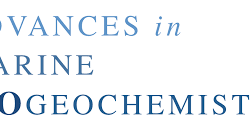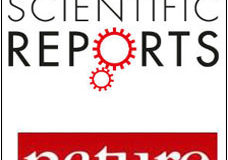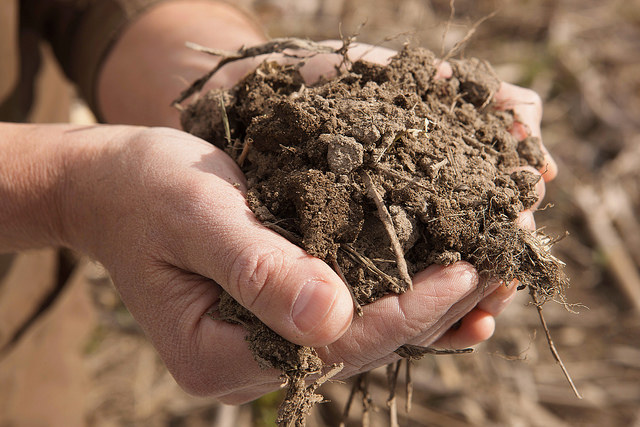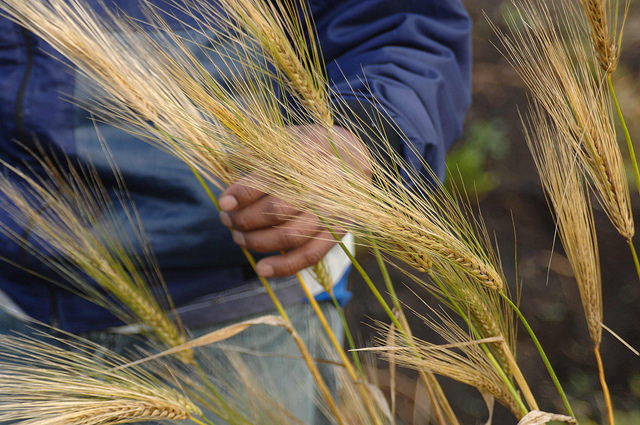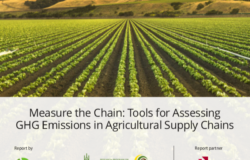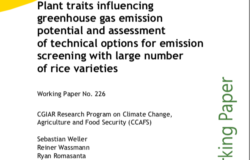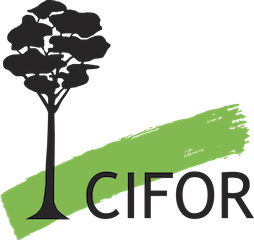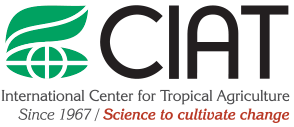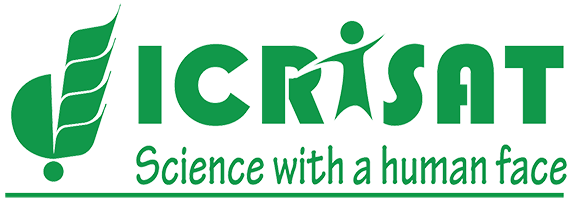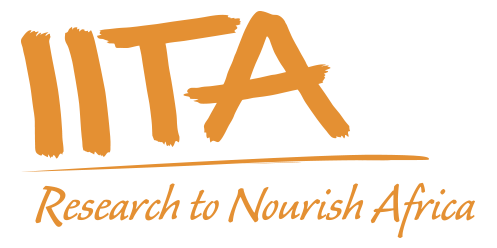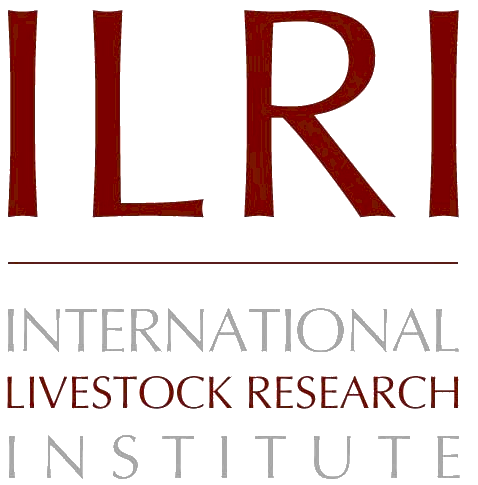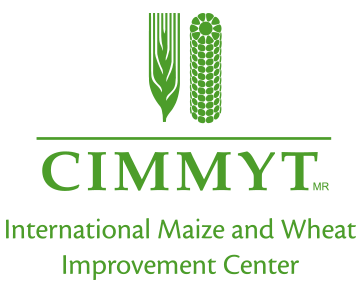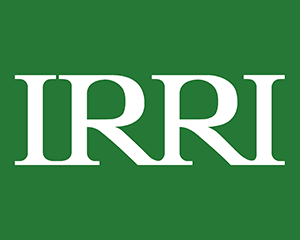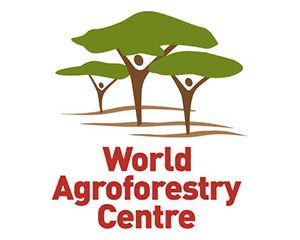Direct Nitrous Oxide Emissions From Tropical And Sub-Tropical Agricultural Systems – A Review And Modelling Of Emission Factors
Abstract There has been much debate about the uncertainties associated with the estimation of direct and indirect agricultural nitrous oxide (N2O) emissions in developing countries …read more
Making trees count in non-Annex I countries: Measurement, reporting and verification (MRV) of agroforestry in the UNFCCC
Key messages Many developing countries recognize that agroforestry offers benefits for both people and planet and have integrated it into national policy to help meet …read more
Soil organic carbon: a call to action on World Soil Day
We know that managing soil organic carbon can help mitigate climate change and support food production. The challenge is whether actions can be taken at …read more
Co-benefits of mitigation options in the CCAFS- Mitigation Options Tool (CCAFS-MOT)
Abstract Approximately 30% of total global greenhouse gas (GHG) emissions are from the agriculture, forestry, and other land use (AFOLU) sectors. There is increasing interest …read more
Comparison of online greenhouse gas accounting tools for agriculture
Key messages Six online greenhouse gas (GHG) accounting tools were identified and analyzed to determine their advantages and disadvantages to how they estimate GHG emissions …read more
Measure the chain: Tools for managing GHG emissions in agricultural supply chains
New tool provides guidance and resources for assessing and disclosing emissions from agricultural production. The vast majority of greenhouse gas emissions from food companies come …read more
Measure The Chain: Tools For Assessing GHG Emissions In Agricultural Supply Chains
Climate change poses a number of risks to food and agricultural companies that impact their corporate performance and long-term value creation. Land use change (LUC) …read more

